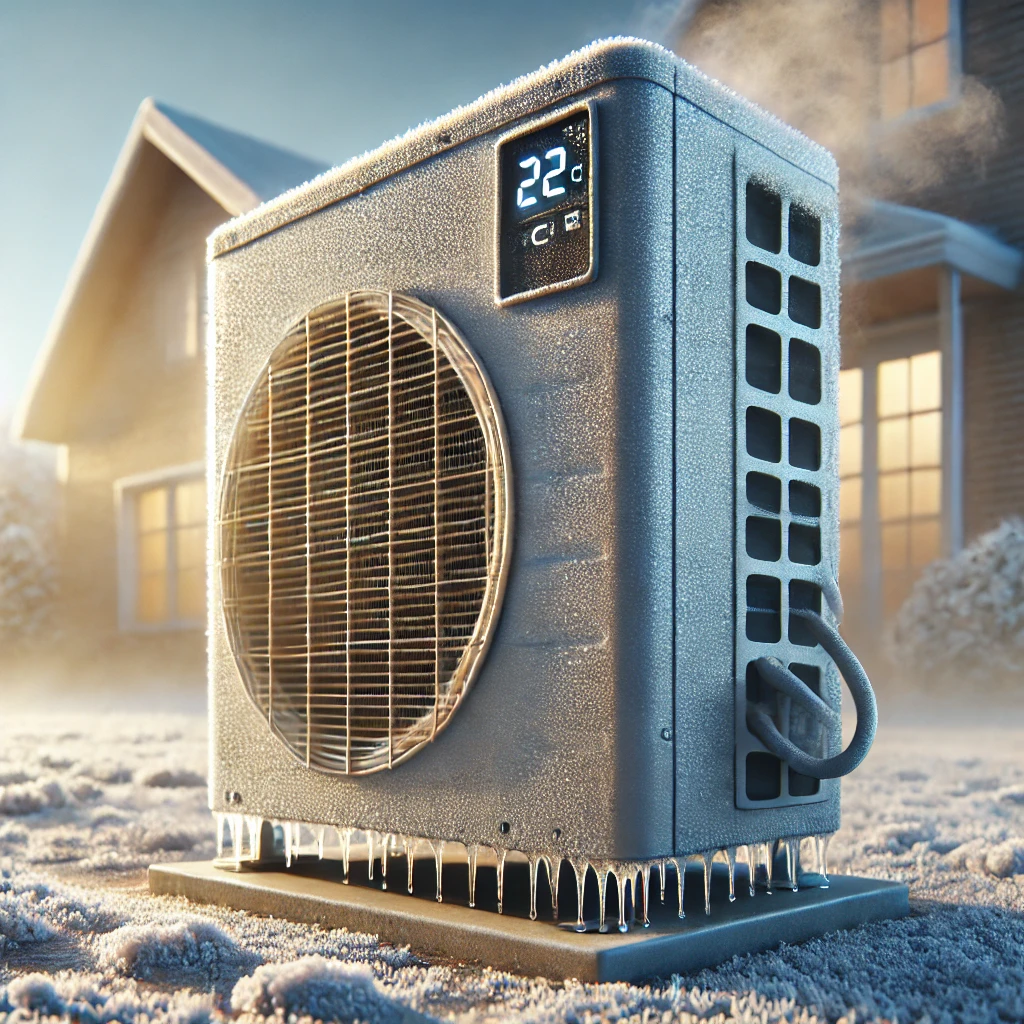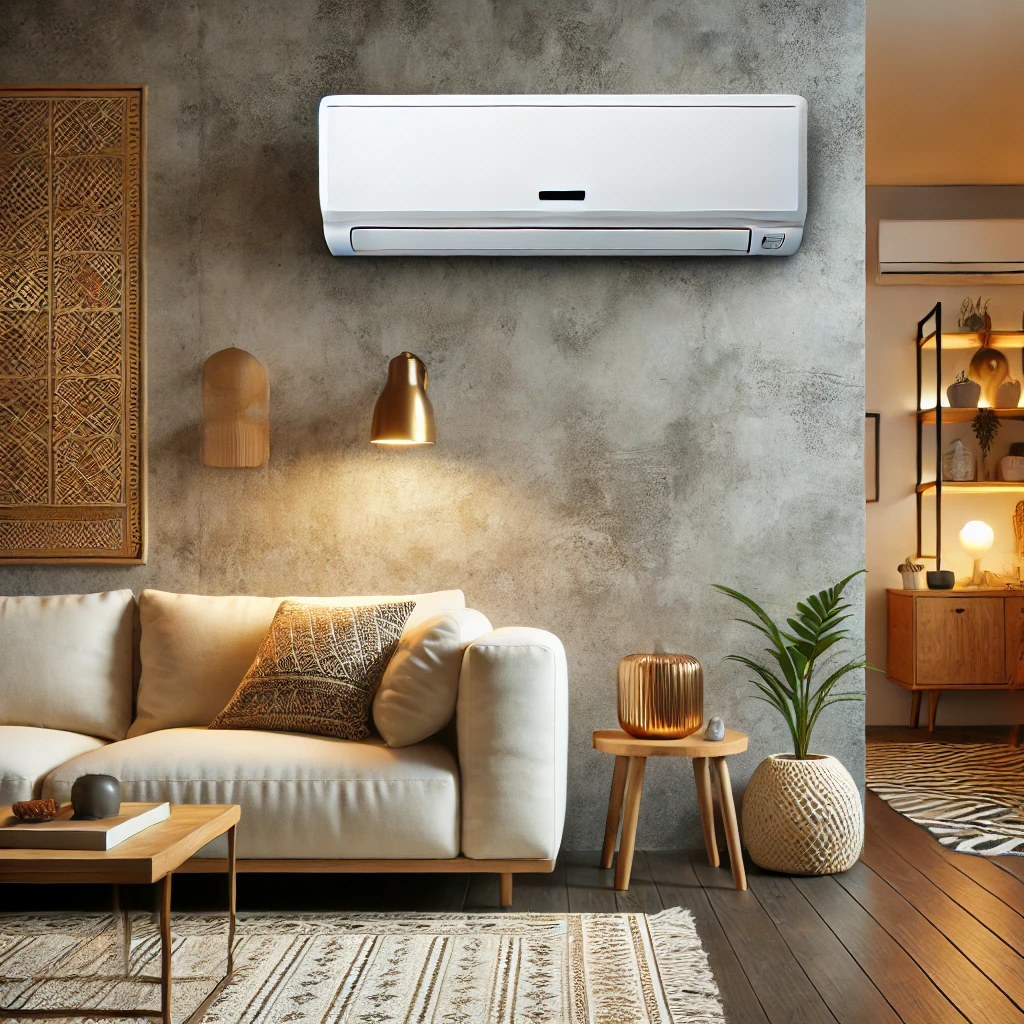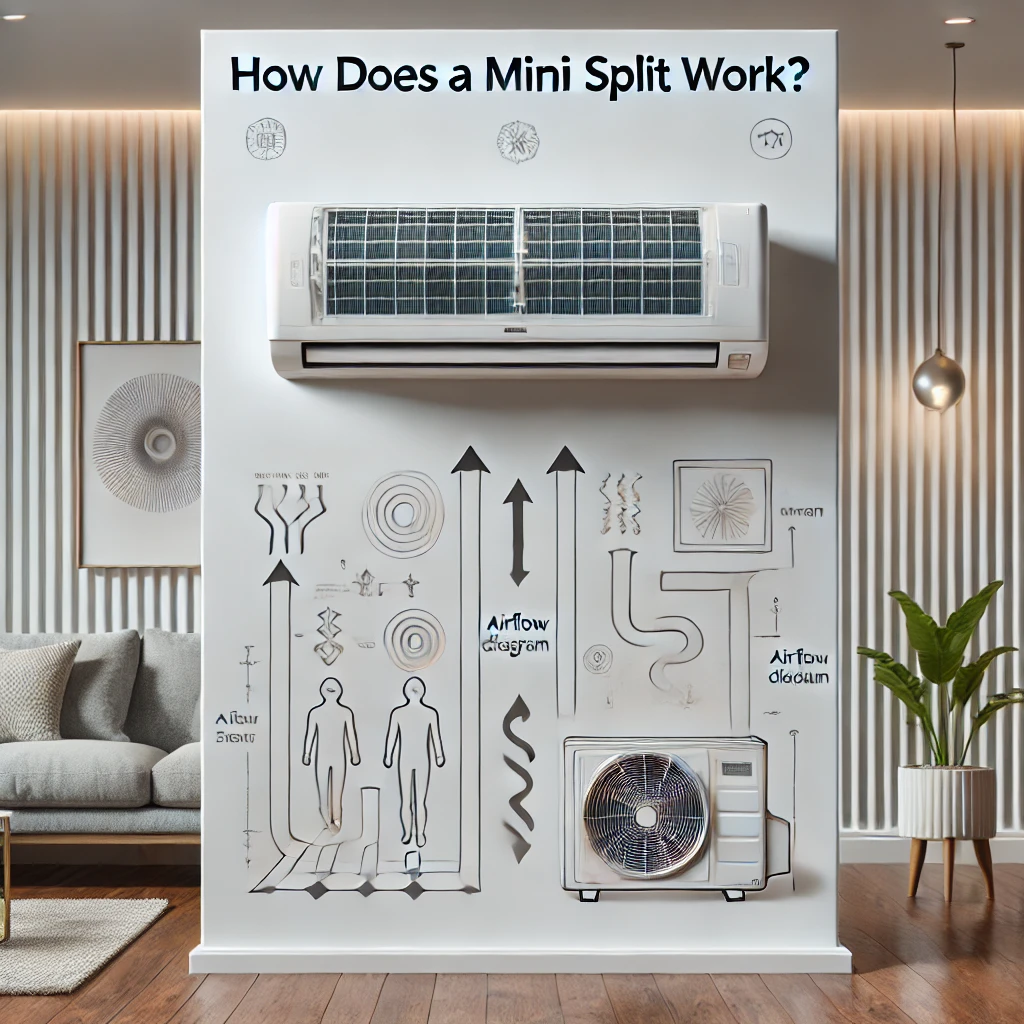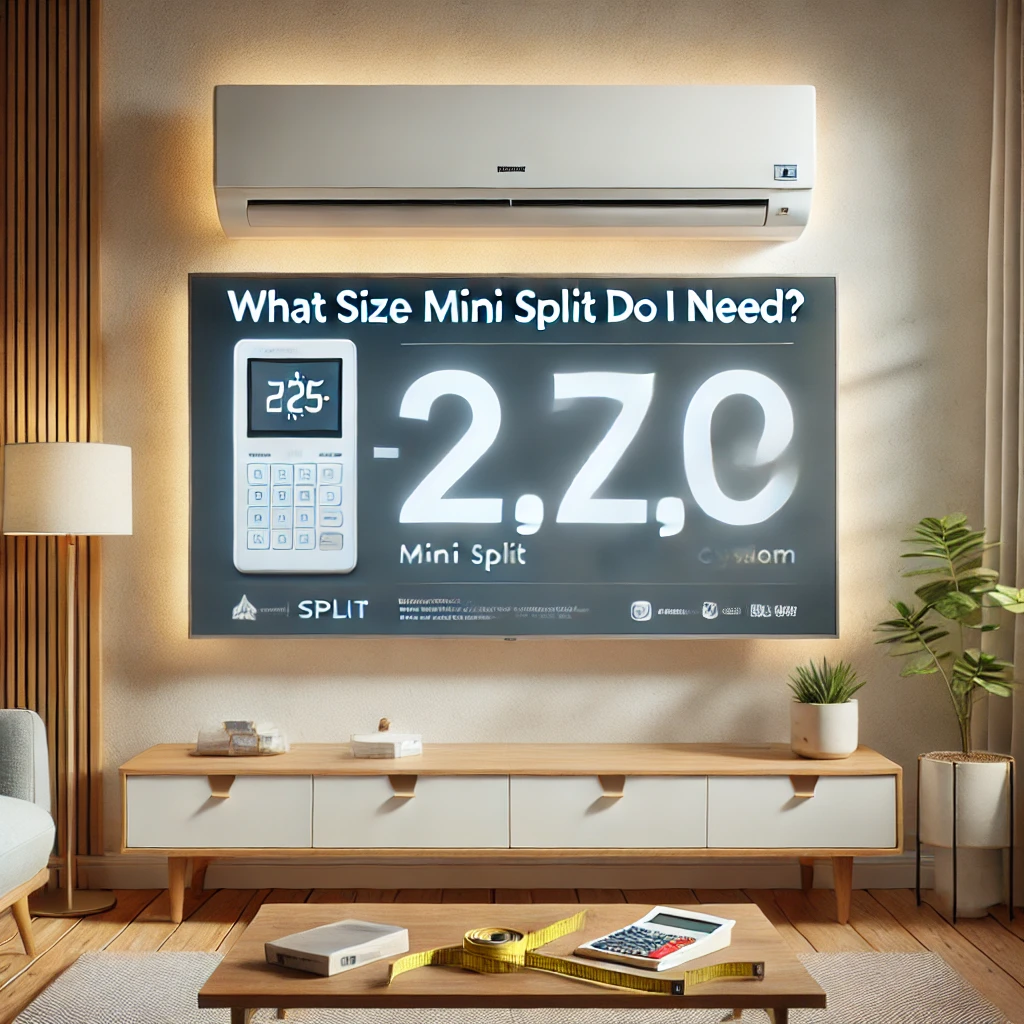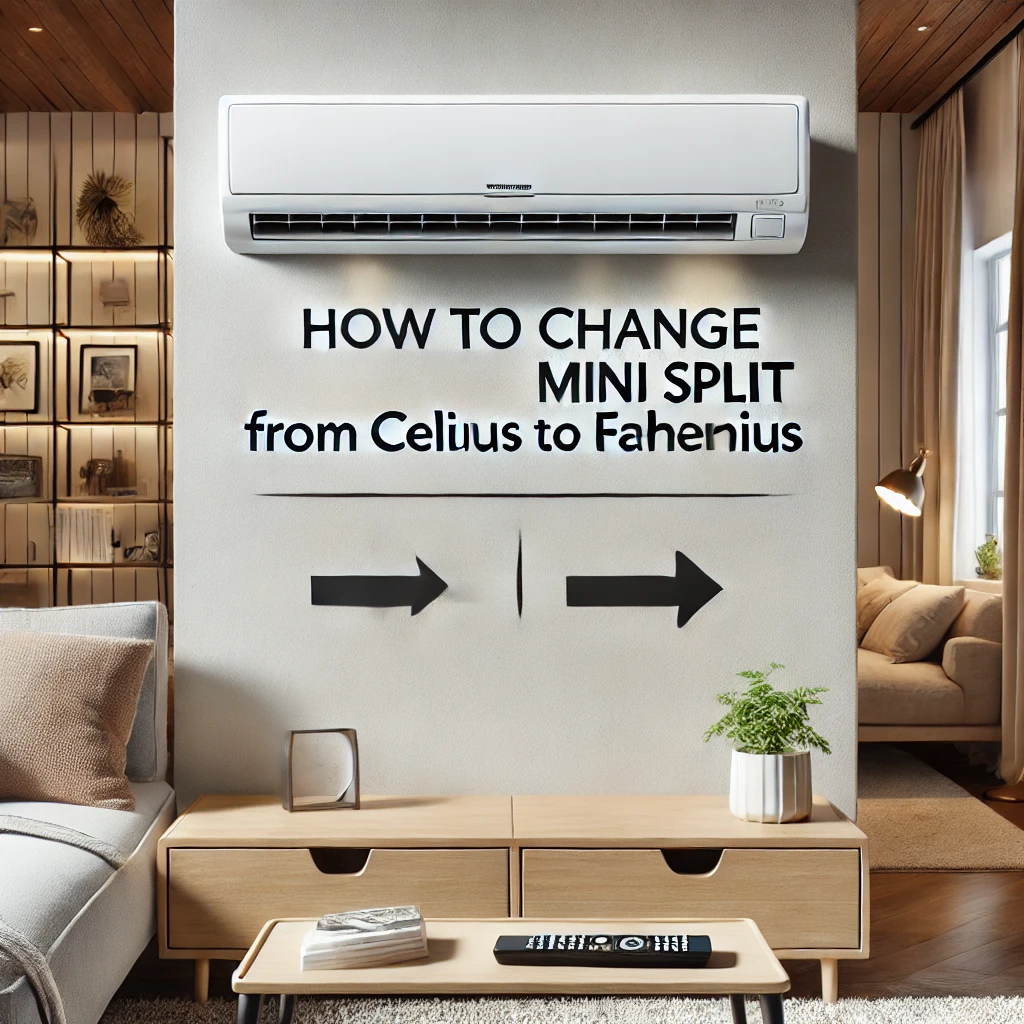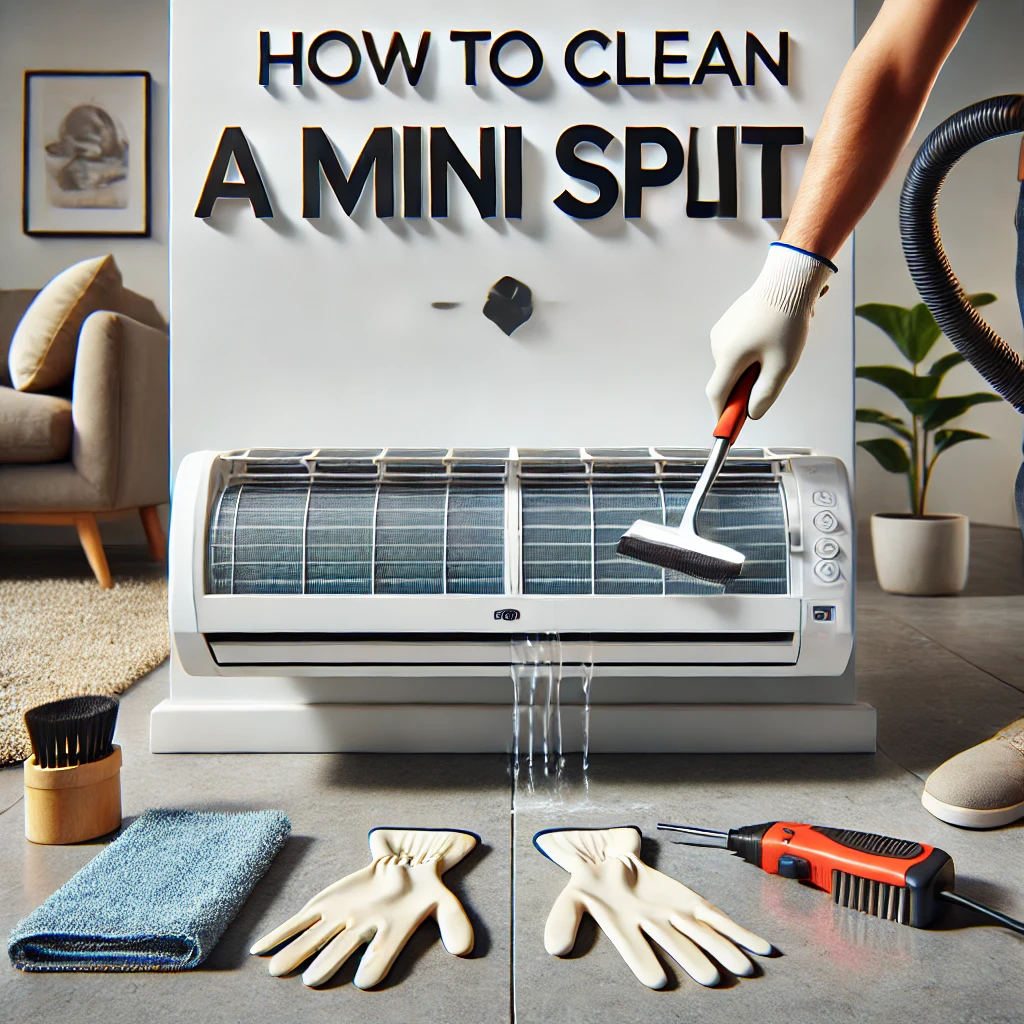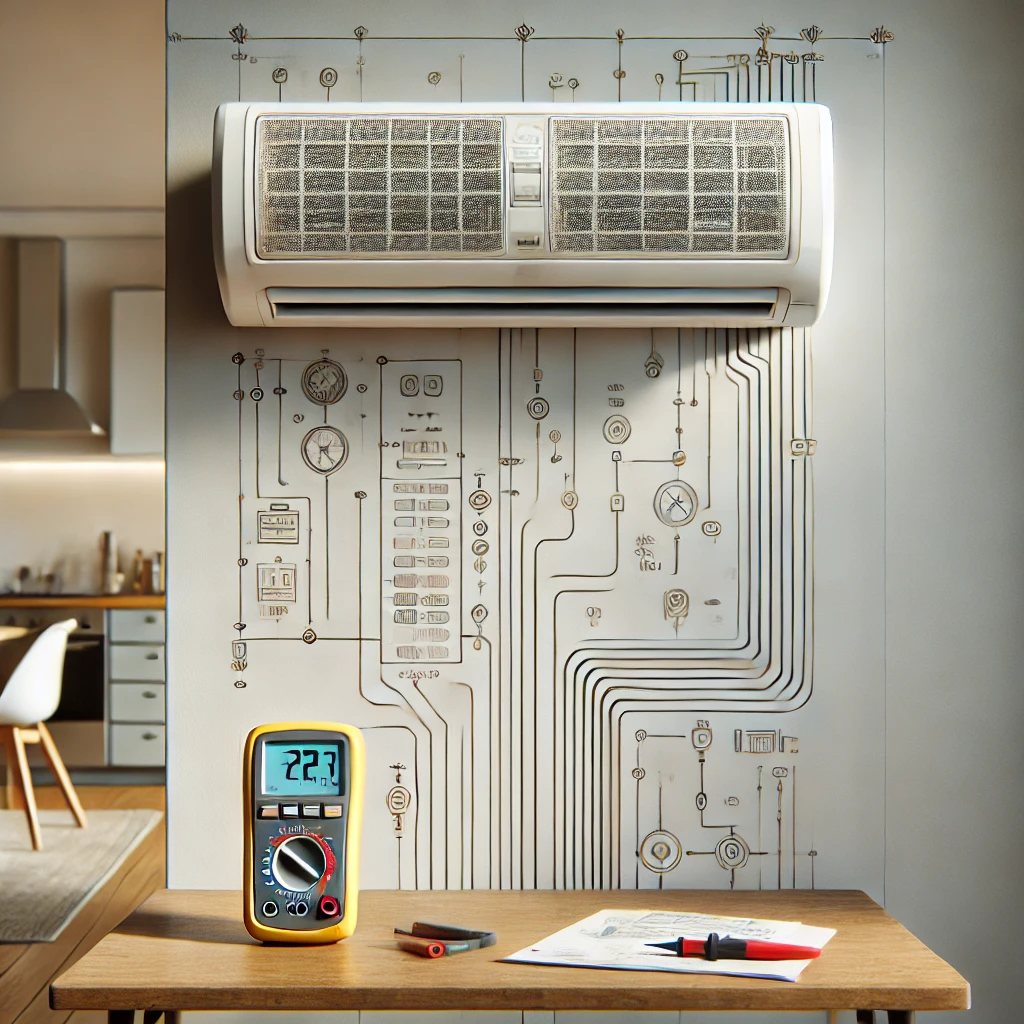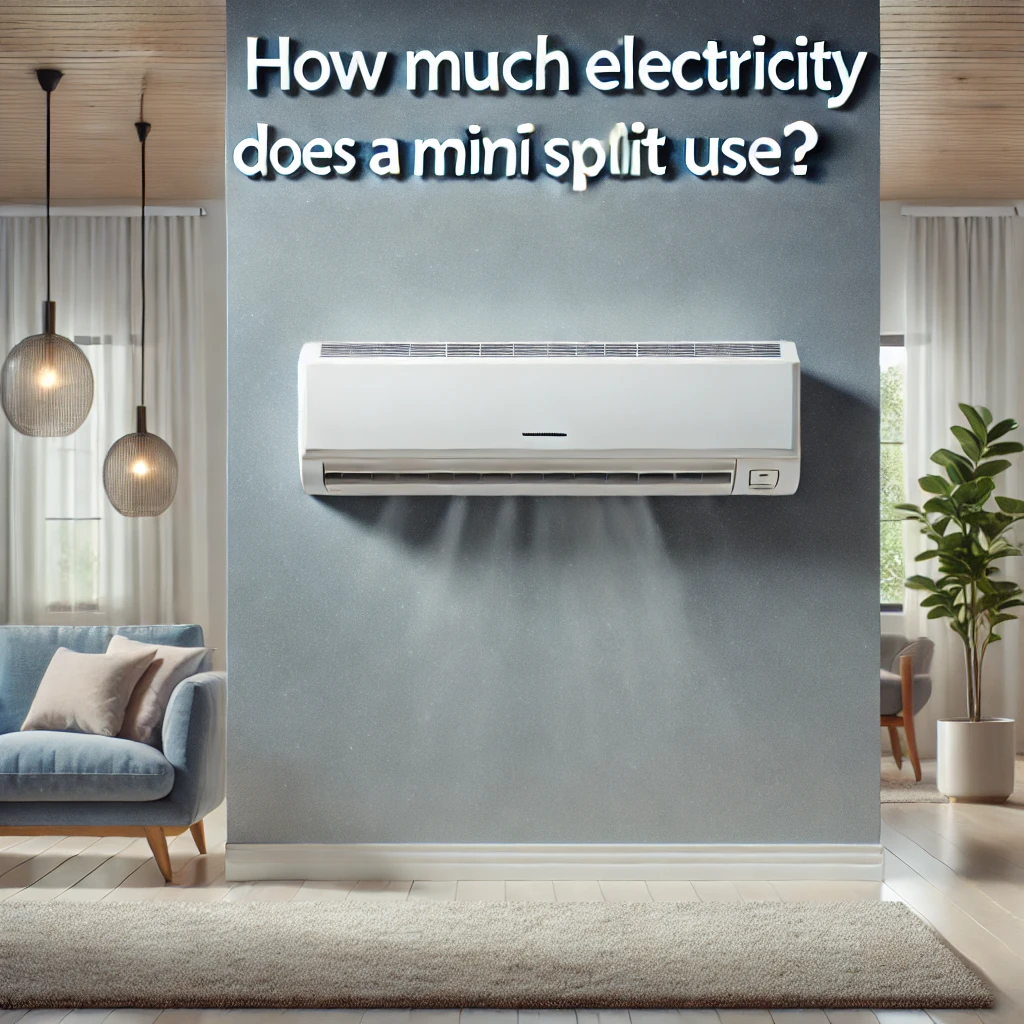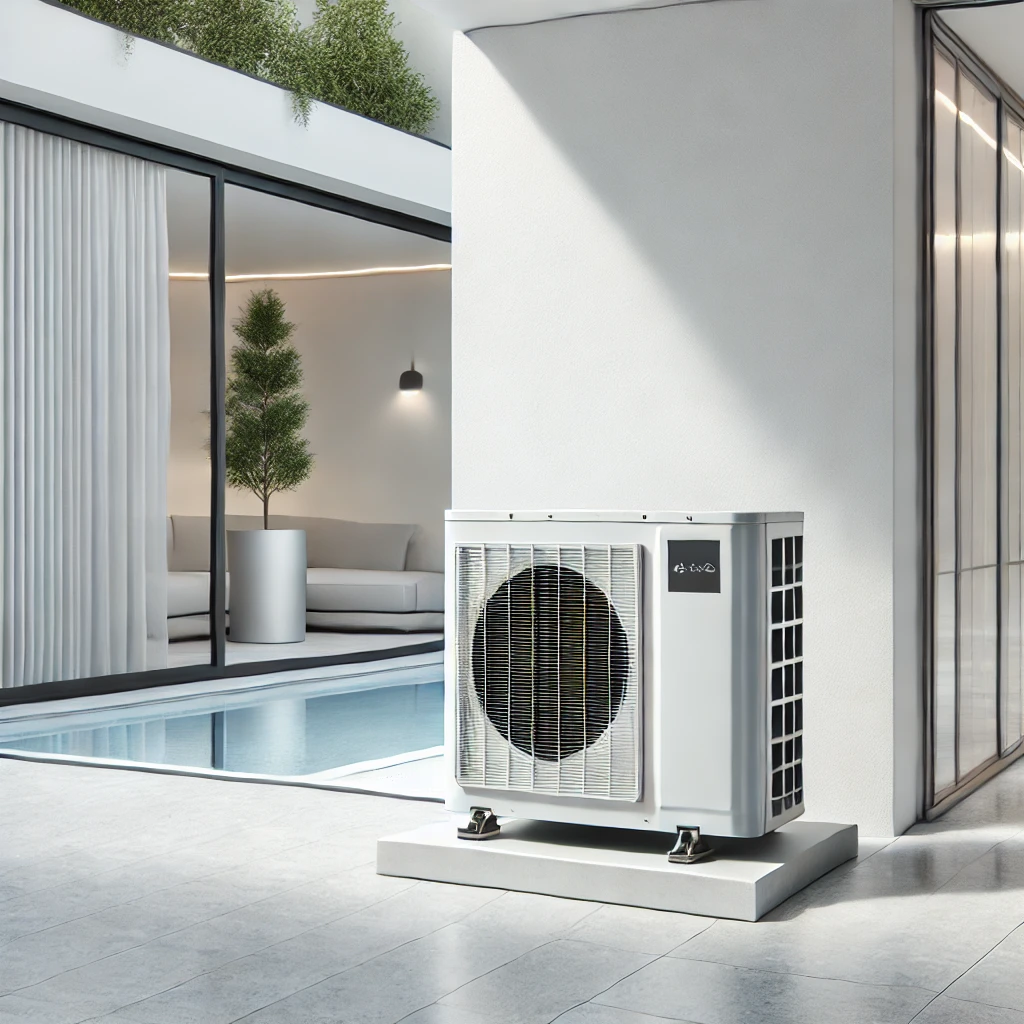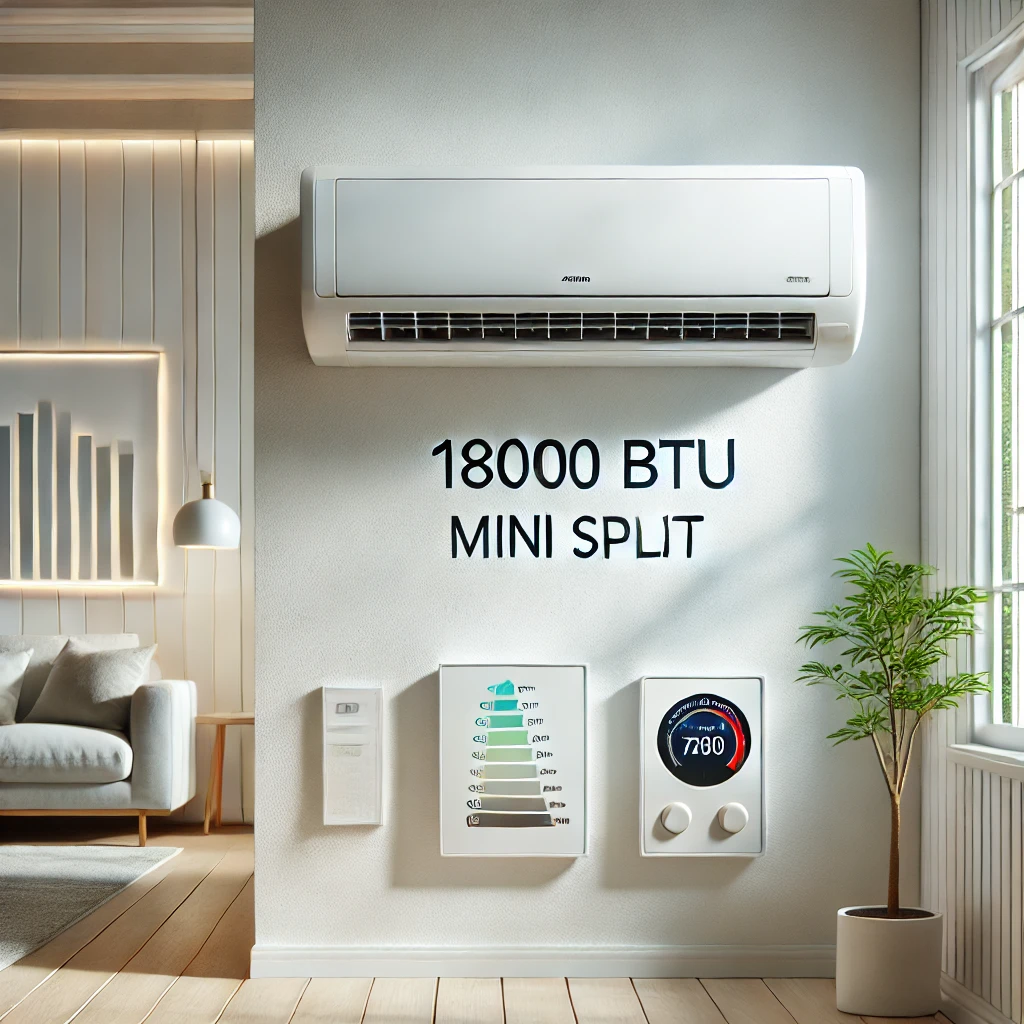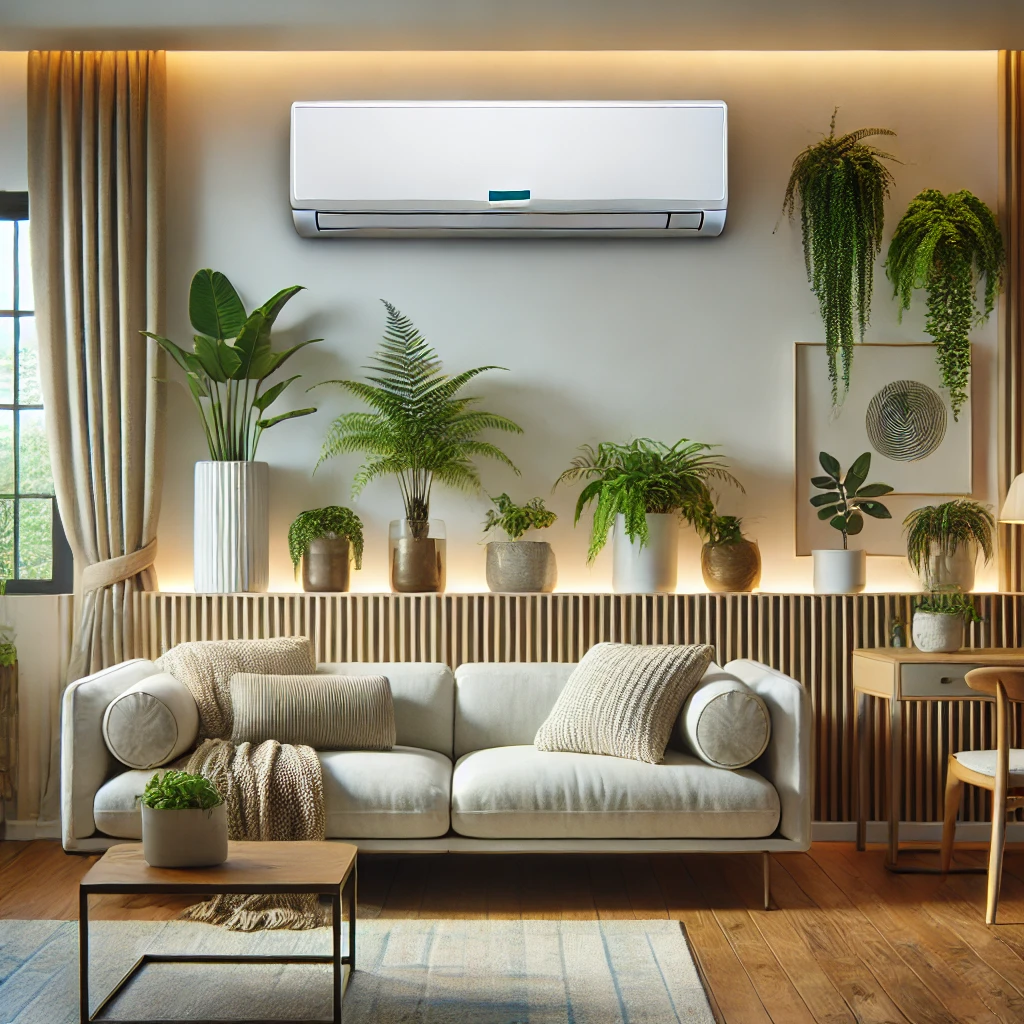Answer:
Yes, mini-splits do condensate in heat mode, specifically at the outdoor condenser unit. In our experience, this is a natural part of the heating process and happens as the system extracts heat from the outside air. We think understanding this phenomenon helps homeowners maintain their systems effectively during colder months.
More On “Do Mini Splits Condensate in Heat Mode?”
When a mini-split operates in heat mode, it absorbs heat from the outside air and transfers it indoors. During this process, the outdoor unit often experiences condensation as it cools the air around it to extract heat. In colder climates, this condensation can freeze, forming frost or ice on the condenser. In our experience, mini-splits are equipped with defrost cycles to prevent excessive ice buildup, ensuring smooth operation.
It’s important to note that the condensate from the outdoor unit should drain properly to avoid pooling water or ice around the base. We’ve seen installations where poorly managed drainage led to maintenance issues, so ensuring proper placement and drainage is key. Regular checks to ensure that the drain lines are clear can help prevent problems.
In contrast, the indoor unit rarely produces condensation in heat mode because it is warming the air. However, ensuring the system is balanced and properly maintained can help avoid any unexpected issues. In our years of working with mini-splits, understanding how and where condensation forms has been vital for optimizing system performance and longevity.
